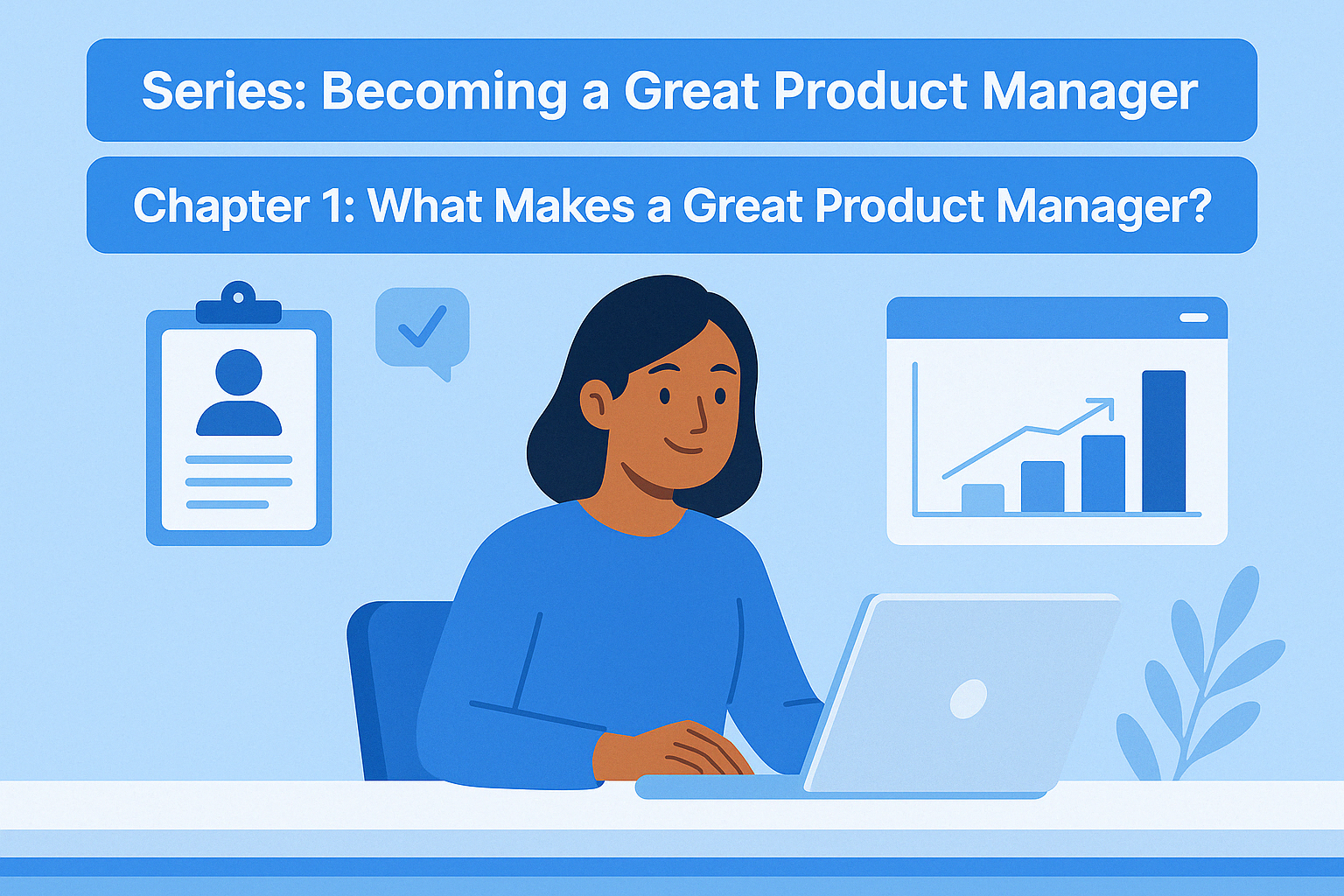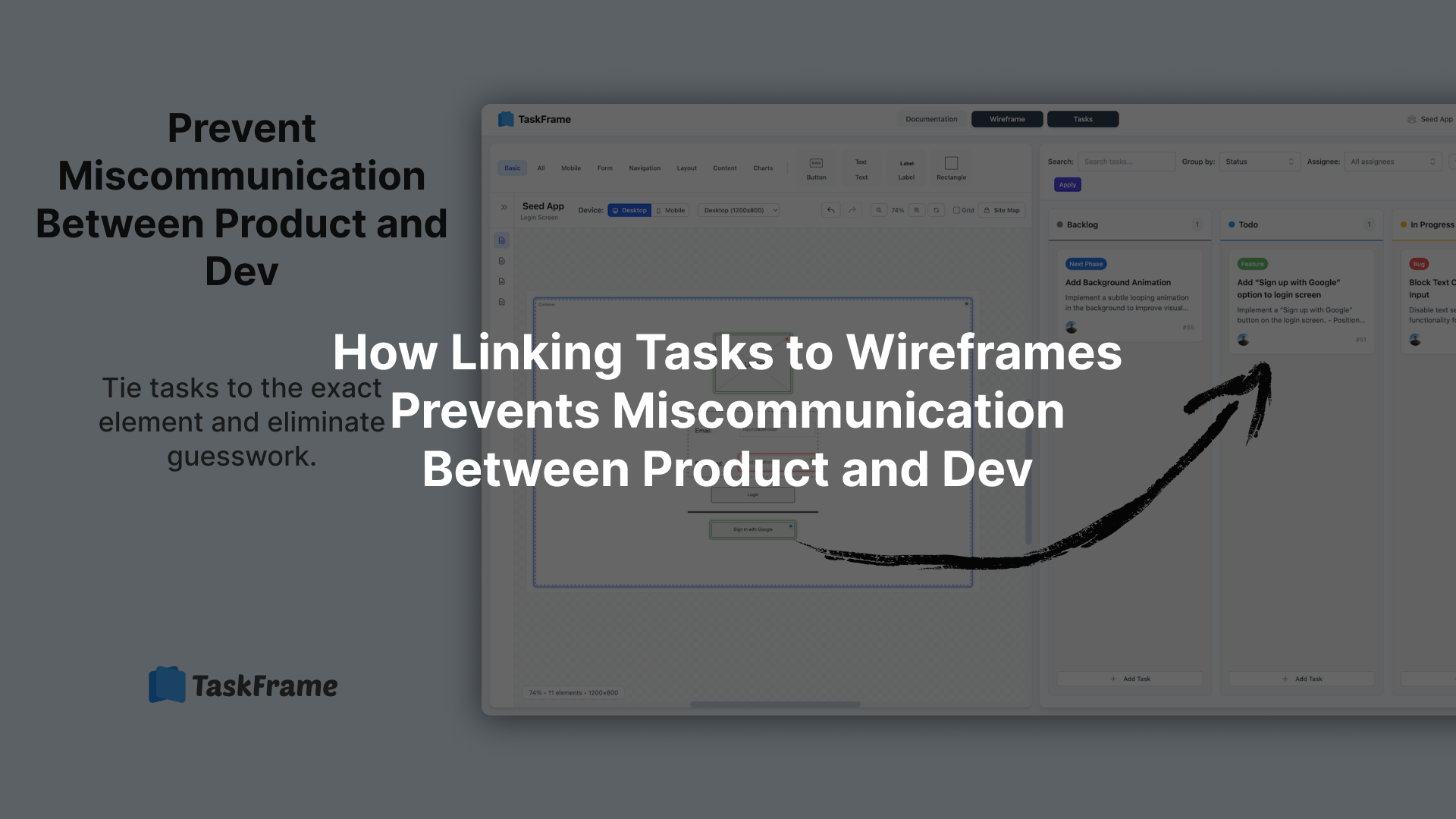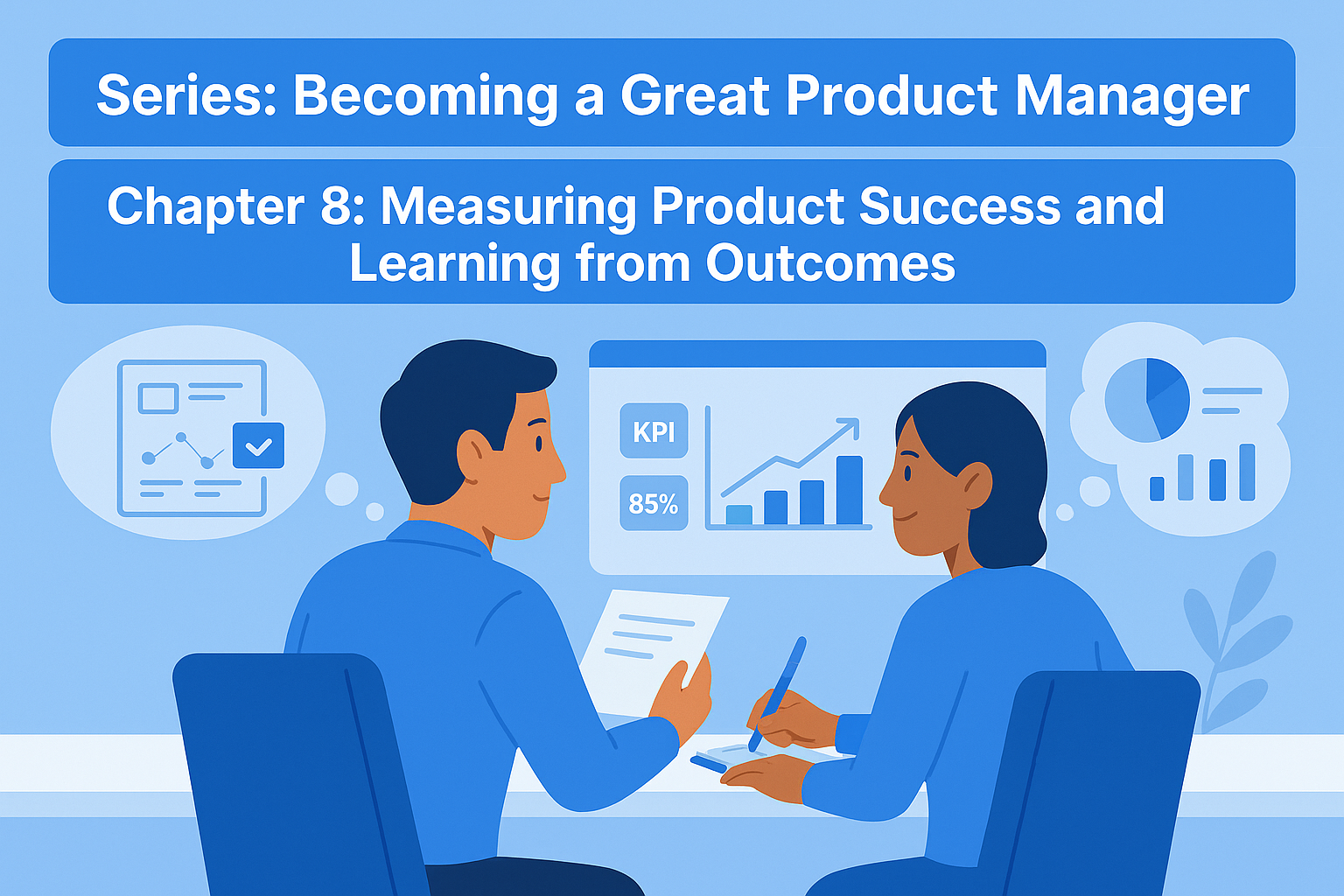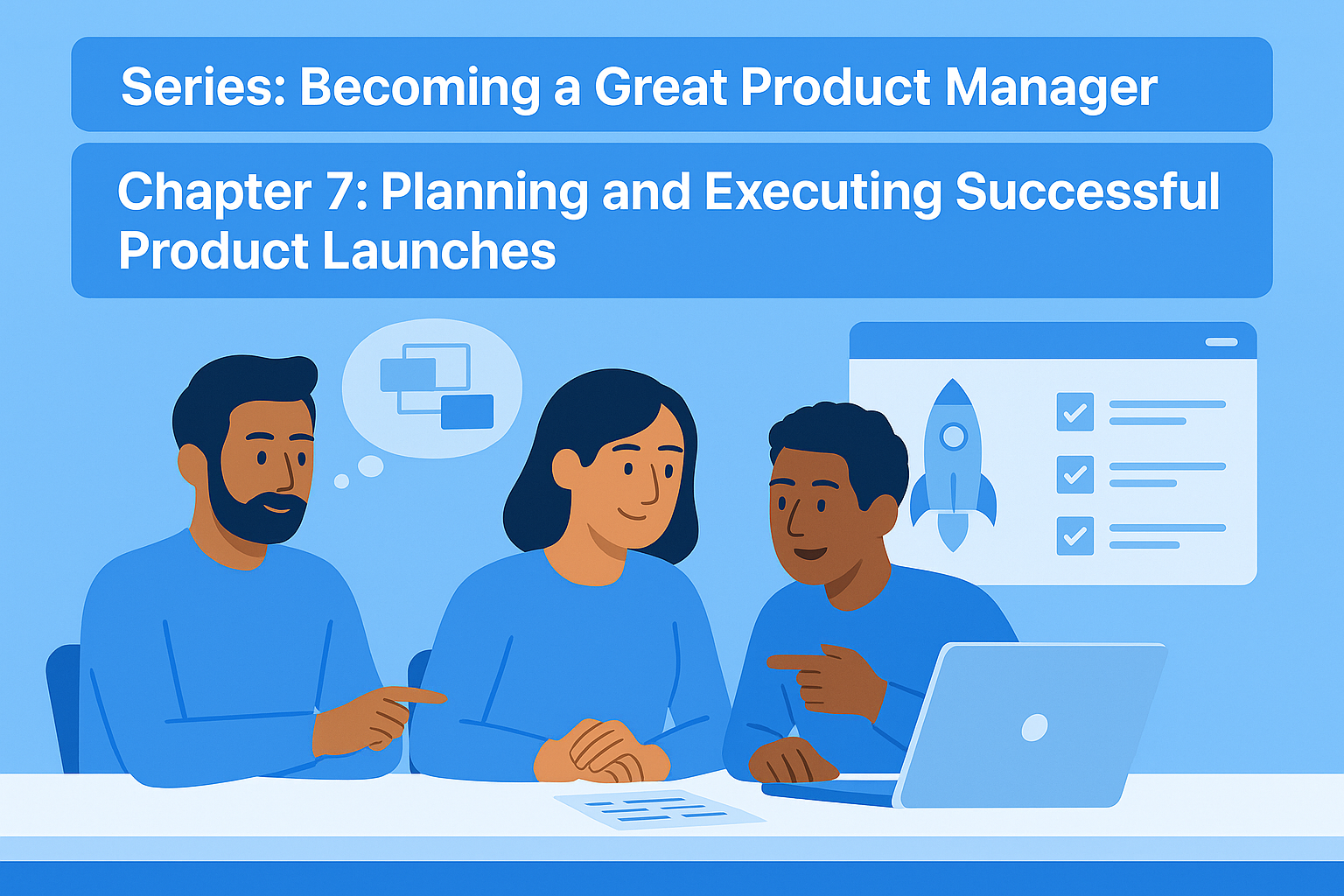· Product Management · 3 min read
Chapter 2: How to Manage Chaos Without Burning Out
Product managers often juggle shifting priorities, urgent bugs, and constant feedback. Learn how to stay in control without burning out.
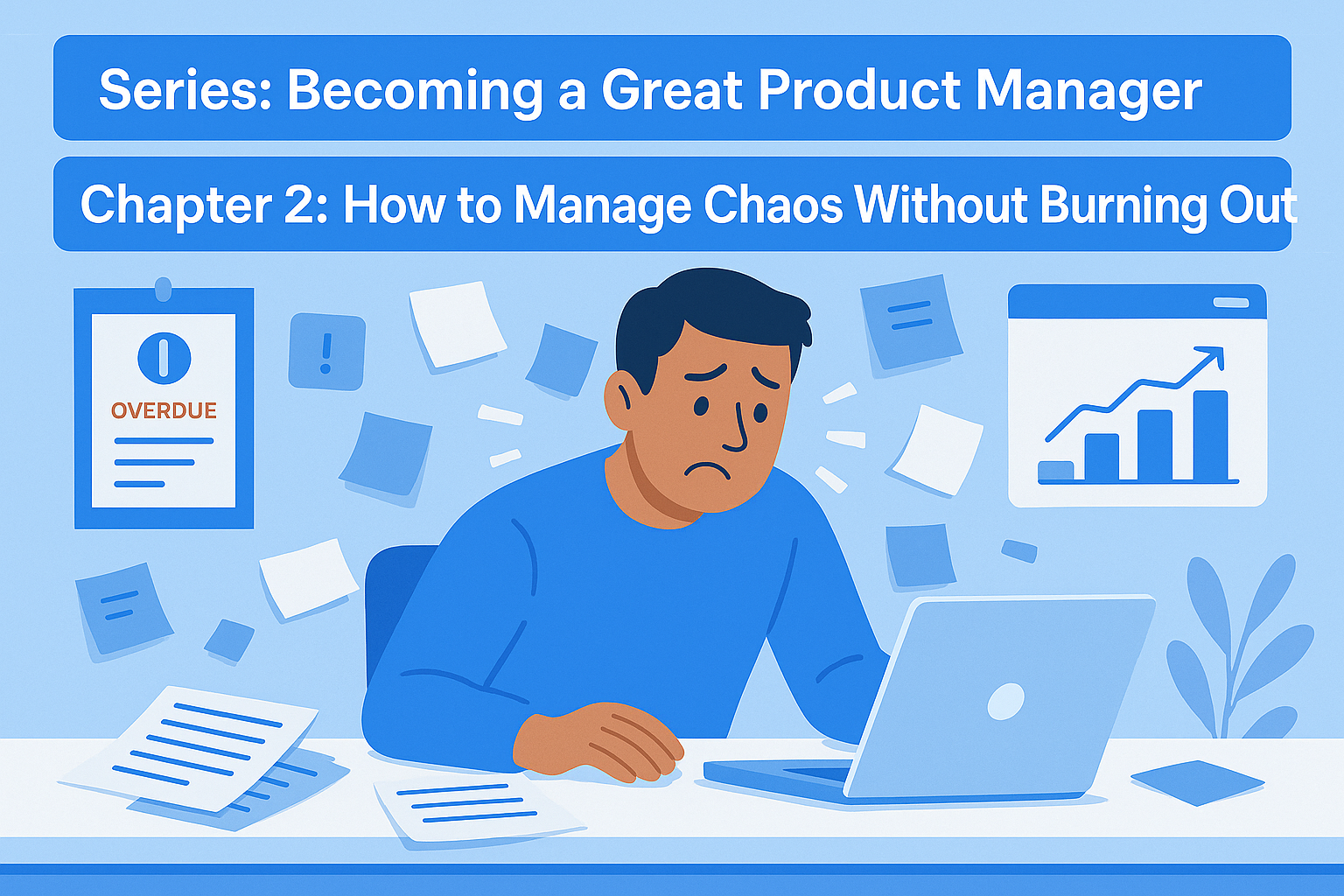
Chapter 2: How to Manage Chaos Without Burning Out
In Chapter 1, we explored what makes a product manager truly great: clarity, empathy, technical fluency, and communication. But knowing what makes a good PM is one thing. Staying sane while doing the job is another.
In this chapter, we’ll talk about how to manage chaos, prioritize under pressure, and protect your mental energy without sacrificing product momentum.
1. Accept That Chaos Is Part of the Job
As a PM, your day will rarely go as planned.
Bugs pop up, stakeholders change direction, priorities shift overnight. The sooner you accept that uncertainty is normal, the better you’ll perform.
- Avoid perfectionism, aim for progress over control
- Focus on managing uncertainty, not eliminating it
- Define clear boundaries between what’s flexible and what’s non-negotiable
2. Prioritize with Ruthless Clarity
Not everything is important. Great PMs triage constantly deciding what gets done, what gets delayed, and what doesn’t matter at all.
- Use a daily list of top 3 priorities
- Tie every task to a specific product or user outcome
- Don’t be afraid to say no or delay a feature if it’s not mission-critical
You are the gatekeeper. Protect your team’s time like it’s your own.
3. Timebox, Don’t Multitask
Context switching is a silent productivity killer.
Instead of jumping between tasks all day, batch your work into focused blocks.
- Allocate 1–2 hours for deep work (specs, roadmaps, user analysis)
- Reserve specific windows for Slack, email, or feedback reviews
- Use timeboxing techniques like Pomodoro or Focus Blocks to regain control
This structure helps reduce decision fatigue and cognitive overload.
4. Build Systems, Not Heroism
If your workflow relies on your memory or inbox, you’re already behind.
Great PMs build systems that help them manage complexity—even when things get hectic.
- Maintain a source of truth (like a task system, roadmap, or task board)
- Use tools that integrate documentation, design, and development
- Don’t reinvent your process every week, improve iteratively
How TaskFrame helps:
With TaskFrame, tasks are directly linked to visual wireframes and structured properties. This allows PMs to manage scope, design feedback, and delivery in one place without relying on scattered tools.
5. Protect Your Energy
Burnout doesn’t come from working hard, it comes from working chaotically without visible progress.
- End each day by writing what was completed and what’s next
- Take short breaks every 90 minutes to reset
- Ask for help before you’re overwhelmed. Collaboration is a strength
You can’t lead if you’re drained. Take care of your attention like it’s a product.
Conclusion
Chaos is inevitable but burnout isn’t.
As a product manager, your ability to lead under pressure depends on your systems, mindset, and boundaries.
Start small. Pick one area prioritization, timeboxing, or documentation and improve it this week.
In the next chapter, we’ll explore the difference between product thinking and project thinking, and why that distinction defines truly impactful PMs.
Continue to Chapter 3 →
Try TaskFrame and build smarter, with less chaos.
